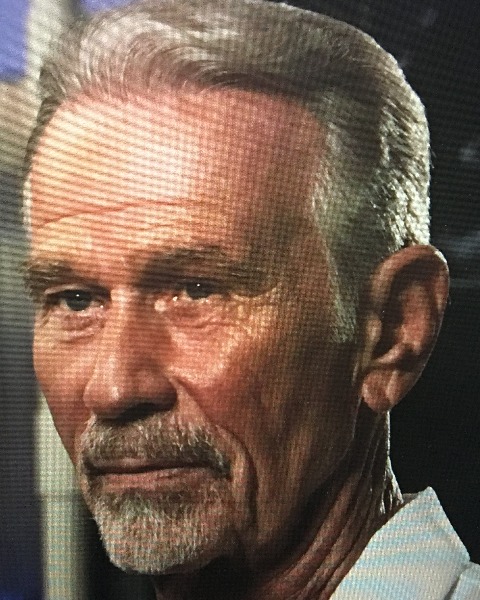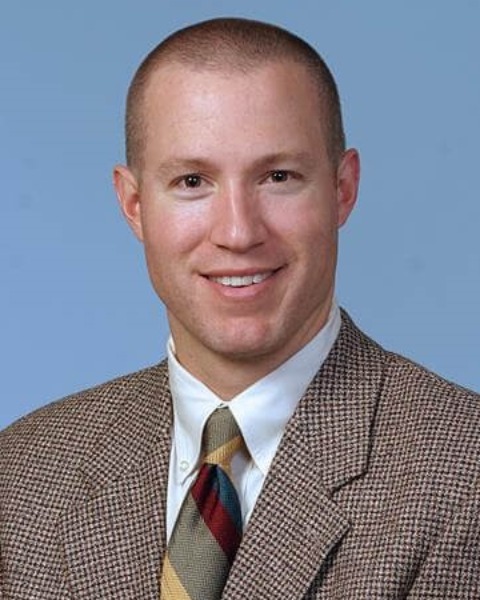Venous Interventions
Predicting the Safety and Effectiveness of Inferior Vena Cava Filters (PRESERVE): Outcomes at 12 Months

Matt Johnson, MD, FSIR
Professor of Radiology and Surgery, Department of Radiology and Imaging Sciences
Indiana UniversityDisclosure information not submitted.
- JS
James Spies, MD
Professor
Georgetown - KS
Katherine Scott, PhD
study lead
Healthcore - BK
Bernet Kato, n/a
Statistician
Healthcore - XM
Xiangyu Mu, n/a
Statistician
Healthcore - JR
John Rectenwald, MD
University of Wisconsin School of Medicine and Public Health

Rodney A. White, MD
Professor of Surgery
UCLA- MK
Minhaj S. Khaja, MD, MBA, FSIR (he/him/his)
Professor of Radiology & Cardiac Surgery
University of Michigan - DZ
Darryl Zuckerman, MD, FSIR, FACR
Associate Professor of Clinical Radiology and Biomedical Imaging
Yale 
Thomas Casciani, MD
Assistant Professor of Clinical Radiology and Imaging Sciences
Indiana University- DG
David Gillespie, MD
Beth Israel Deaconess Medical Center
Featured Presenter(s)
Author/Co-author(s)
Materials and Methods:
PRESERVE was a multicenter, prospective, open-label, non-randomized longitudinal evaluation of subjects in whom commercially available vena cava filters from seven manufacturers were implanted at 54 sites in the United States between October 10, 2015, and March 31, 2019.
Subjects were evaluated at procedure, discharge, and 3, 6, 12, 18, and 24 months post-procedure. Follow-up imaging was performed at 3 and 12 months. Subjects from whom vena cava filters were removed were followed for 1 month post-retrieval. The composite primary safety endpoint was freedom from perioperative significant adverse events and freedom from clinically significant perforation, filter embolization, caval thrombotic occlusion, and/or new deep vein thrombosis within the first twelve months following placement, assessed in subjects with filters at twelve months; Composite primary effectiveness endpoint: procedural success and freedom from new clinically significant pulmonary embolus at twelve months or one-month post-retrieval.
Results:
Filters were implanted in 1421 subjects. Of these, 1019 (71.7%) had current deep vein thrombosis and/or pulmonary embolus. Anticoagulation was contraindicated or had failed in 1159 (81.6%). One hundred twenty six vena cava filters were placed as prophylaxis. Filters were removed from 632 (44.5%) subjects. The primary safety endpoint (89.4%) and primary effectiveness endpoint (96.4%) were both achieved. Procedural complications were uncommon and usually mild, but one subject died during attempted filter removal. Clinically significant vena cava filter-related adverse events were rare. Post-filter deep vein thrombosis (80 events in 74 subjects [5.2%]), pulmonary embolus (23 events in 23 subjects [1.6%]), and/or caval thrombotic occlusions (15 events in 15 subjects [1.1%]), none fatal, occurred in 93 subjects (6.5%). No pulmonary embolus occurred in subjects following prophylactic placement.
Conclusion: Implantation of vena cava filters in patients with venous thromboembolism and contraindication to or complication or failure of anticoagulation is associated with few adverse events and is effective in preventing clinically significant pulmonary embolus. Prophylactic use is associated with very few adverse events and is effective in preventing clinically significant pulmonary embolus.

.png)
.png)
.jpg)
.png)
.png)
.png)
.jpg)
.jpg)
.png)